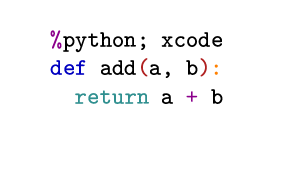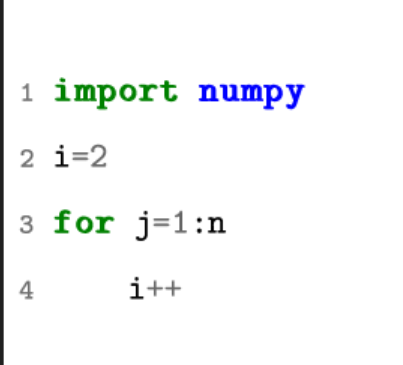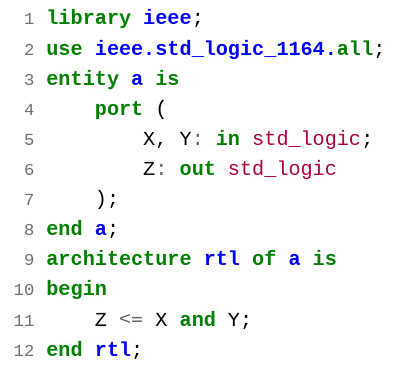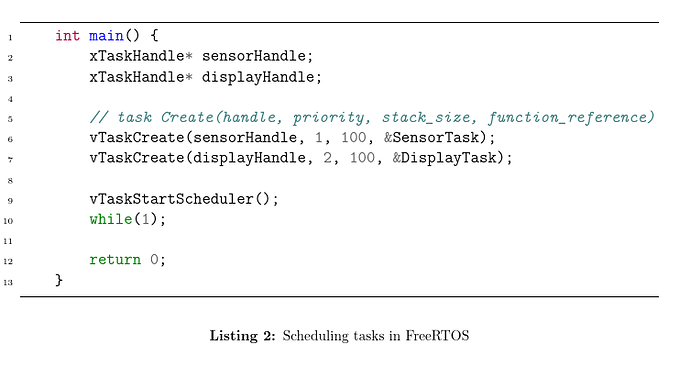I recently started playing with Texmacs after it was recommended to me by a friend. I like it a lot, but there are couple of things I would like to do that are not apparent to me at the moment.
-
I downloaded the manual from this link. While reading it, I noticed the location of a lot of the menu items described in the manual do not match with the current version of Texmacs. Is there a more up to date manual?
-
What is the recommended way to create a cover page?
-
I noticed that there’s no listing environment. How does one define a new environment? Also, how does one build a list of such environments like list of figures?
-
Is it possible to integrate like minted to properly format code blocks?




